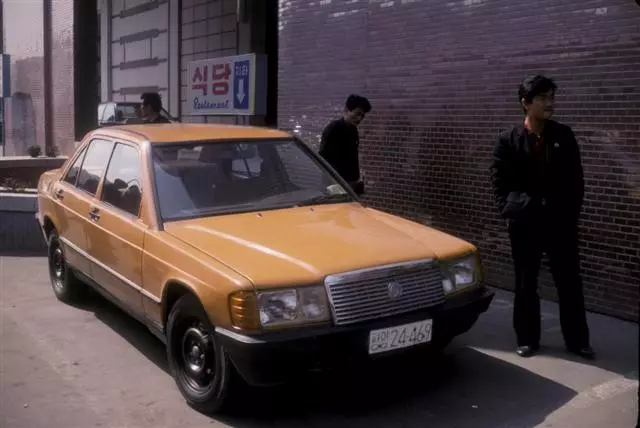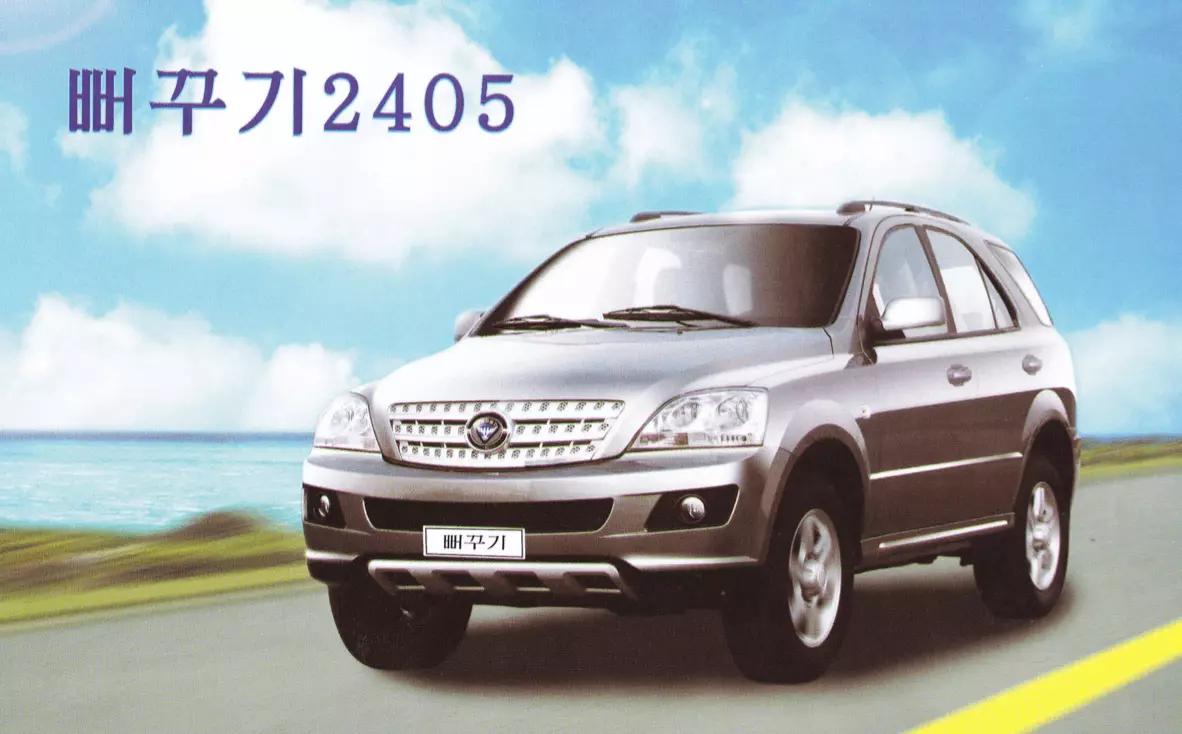At first glance, the history of North Korea's automobile industry doesn't have much to tell – not least because very little is known about it. North Korean brands have never had any connection with the International Organization of Automobile Manufacturers (OICA) and therefore, it is difficult to know the details of this country's automobile industry.
Still, a few things are known. And some of them are at least curious...
Bearing in mind that the North Korean government restricts the ownership of private vehicles only to citizens chosen by the regime, the “gross” of North Korea's car fleet is made up of military and industrial vehicles. And most vehicles in circulation in North Korea – which arrived in the country in the second half of the 20th century – come from the Soviet Union.
The brand's flagship is the Pyeonghwa Junma, an executive model with a 6-cylinder in-line engine and 197 hp.
The first automaker worthy of the name emerged in the early 1950s, the Sungri Motor Plant. All models produced were replicas of foreign cars. One of them is easy to recognize (see next image), naturally with quality standards below the original model:

Almost half a century later, in 1999, Pyeonghwa Motors was founded, the result of a partnership between Pyonghwa Motors of Seoul (South Korea) and the North Korean Government.
As you can imagine, for some time this company was almost exclusively a diplomatic tool to strengthen relations between the two countries (it is no accident that Pyeonghwa means “peace” in Korean). Based in the coastal city of Nampo, Pyeonghwa Motors has gradually overtaken Sungri Motor Plant, and currently produces around 1,500 units per year, sold exclusively for the domestic market.
One of these models is produced under the Fiat Palio platform and is described in this parody (the subtitles are false) as “the car that will make any capitalist jealous”.
To get an idea of how strict North Korea's communist regime is, a study carried out in 2010 concluded that there were only 30,000 cars on the road in a country with almost 24 million inhabitants, most of which are imported vehicles.
Despite the irreverent names – for example, the Pyeonghwa Cuckoo – the engines leave a lot to be desired, at around 80 hp. In terms of design, the bet is to follow the lines used by other manufacturers, which leads to many cars having (too many) similarities with Japanese and European models.
Pyeonghwa's top of the range is the Junma, an executive model with an in-line 6-cylinder engine and 197 hp, a kind of communist E-Class Mercedes.

Pyeonghwa Cuckoo
In the end, the North Koreans who weren't convinced by their own cars (it's likely…) always have as a consolation prize some “out of the box” traffic lights to cheer up the hosts. A country different in everything, even in this:
